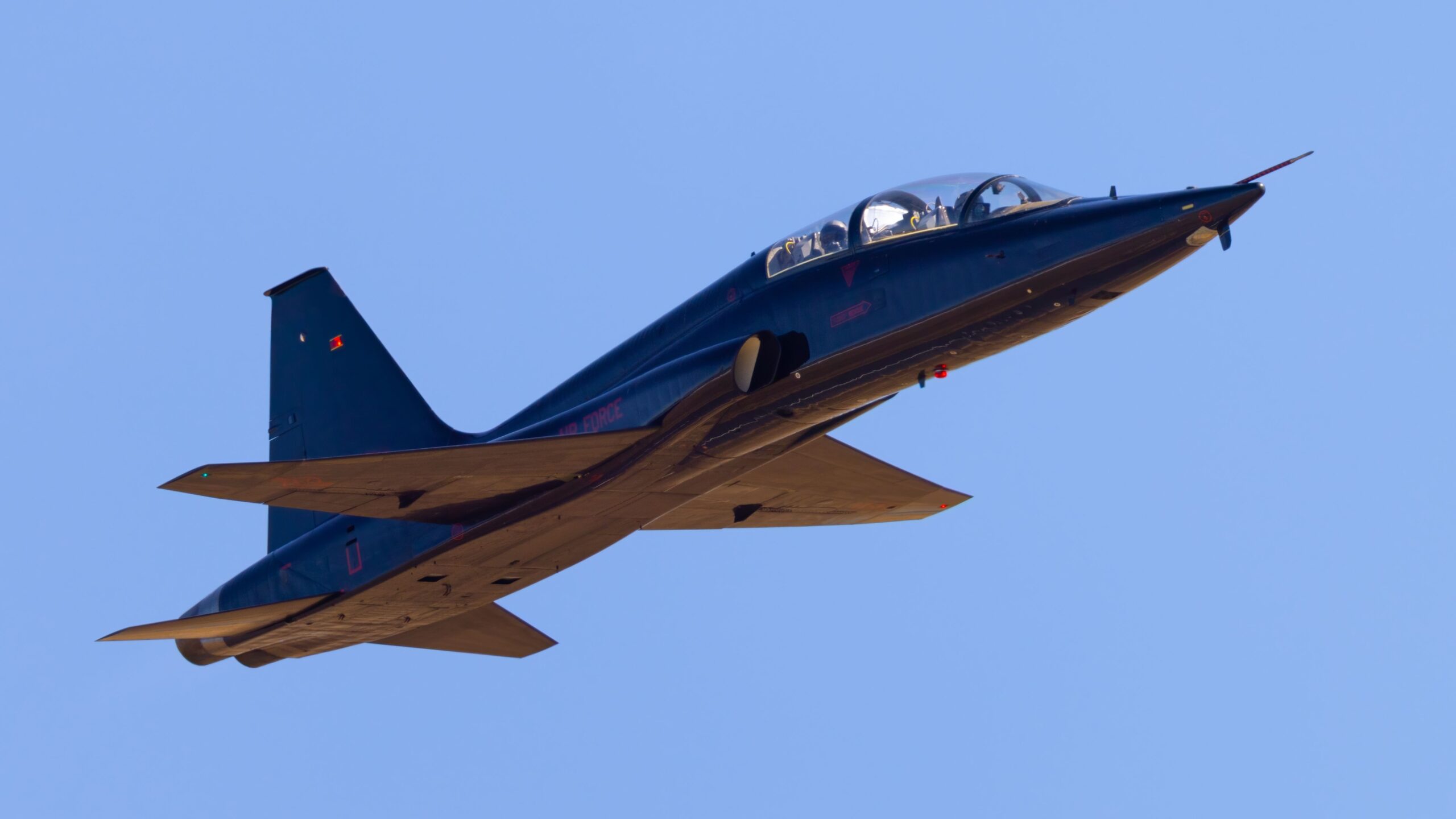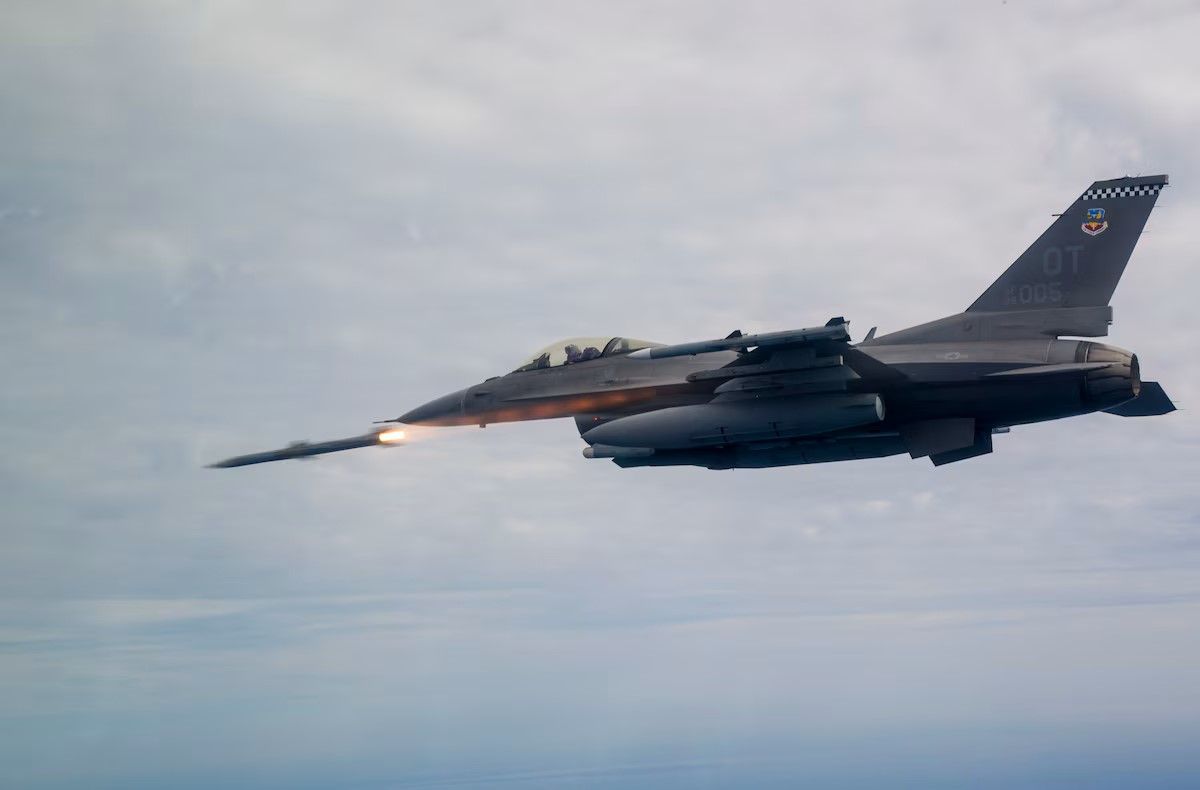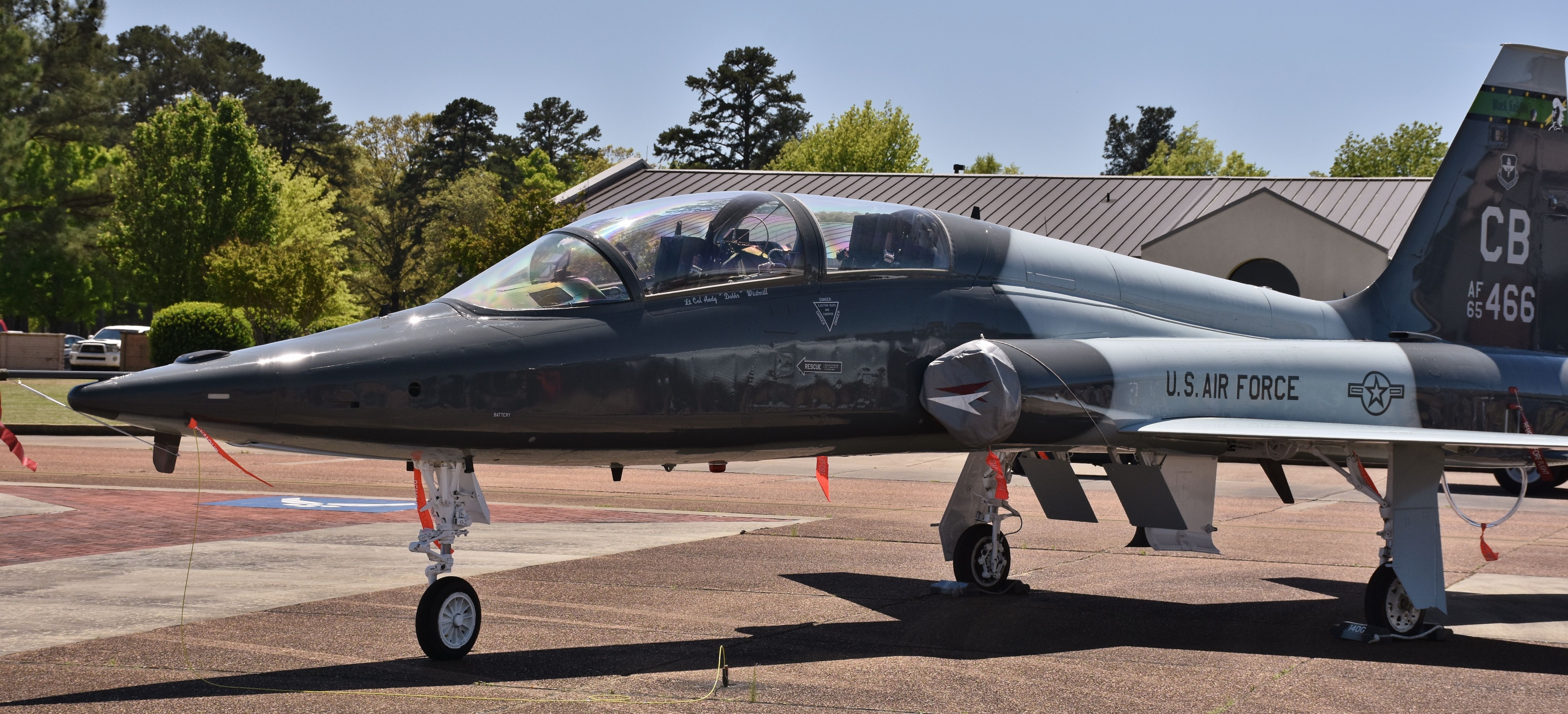Pilot shortages have forced a major change of policy at the United States Air Force (USAF). Under the changes, graduates who have trained to operate fighters or bombers will be tracked into flying other non-combat aircraft, such as lifters, refuelers or trainers, to fill the gaps.
USAF pilot shortages
As posted by X user Samosaur, an internal memo written by Brigadier General Travolis A. Simmons, USAF Director of Training and Readiness, states that USAF faces shortages “across the entire enterprise” and is short by 1,848 pilots, 1,142 of which are fighter pilots.
Photo: US Air Force
This is certainly nothing new, with the Air Force grappling with pilot shortages for several years now – although Department of Defense (DoD) statistics show an improvement in the Air Force recruitment situation over 2023, the branch still fell short of its pilot training goals by around 120 pilots.
Apparently, the “most acute impacts” are felt within Fighter Formal Training Units (FTU), a more advanced stage of training where pilots are flying the same aircraft their unit operates (for example, F-16s/F-22s for fighters or B-52s/B-1Bs for bombers). A lot of this is due to long delays in placing graduates into FTU’s, with many cases reportedly exceeding a year.
Graduate policy change
As a result, the Air Force will allow graduates who have trained on the T-38 Talon – its supersonic jet trainer primarily used for training fighter and bomber pilots – the opportunity to pilot non-combat aircraft, such as transport, refueling or instructor roles. According to the memo,
“While we would prefer to send every qualified T-38 graduate to a fighter FTU (Formal Training Unit), circumstances dictate that we utilize available capacity to maximize pilot production.”
Photo: Michael Fitzsimmons | Shutterstock
Graduates will include all aircraft types on their “dream sheets,” where pilots state their preferred aircraft. The Air Force will also allow graduates to volunteer for non-combat aircraft opportunities, and will later have the option to cross back into a fighter or bomber role. It should be noted that this policy change is temporary, with Simmons stating that the traditional assignment flow for T-38 graduates will be returned “as quickly as possible.”
In the near term, the Air Force will also match more graduates to T-6 FAIP (First Assignment Instructor Pilot) assignments, where they will operate the T-6 Texan II and instruct new undergraduate students. This assignment typically lasts between 3-4 years and instructors can expect to accumulate between 750-1,000 flight hours during this period.
Speaking to Military.com, Simmons said the policy change will “optimize the use of our available resources and result in mission-ready pilots who are prepared to contribute sooner.” Wing Leadership at each training base have been instructed to conduct an All Call to ensure pilots are fully informed of the policy change as soon as possible.



